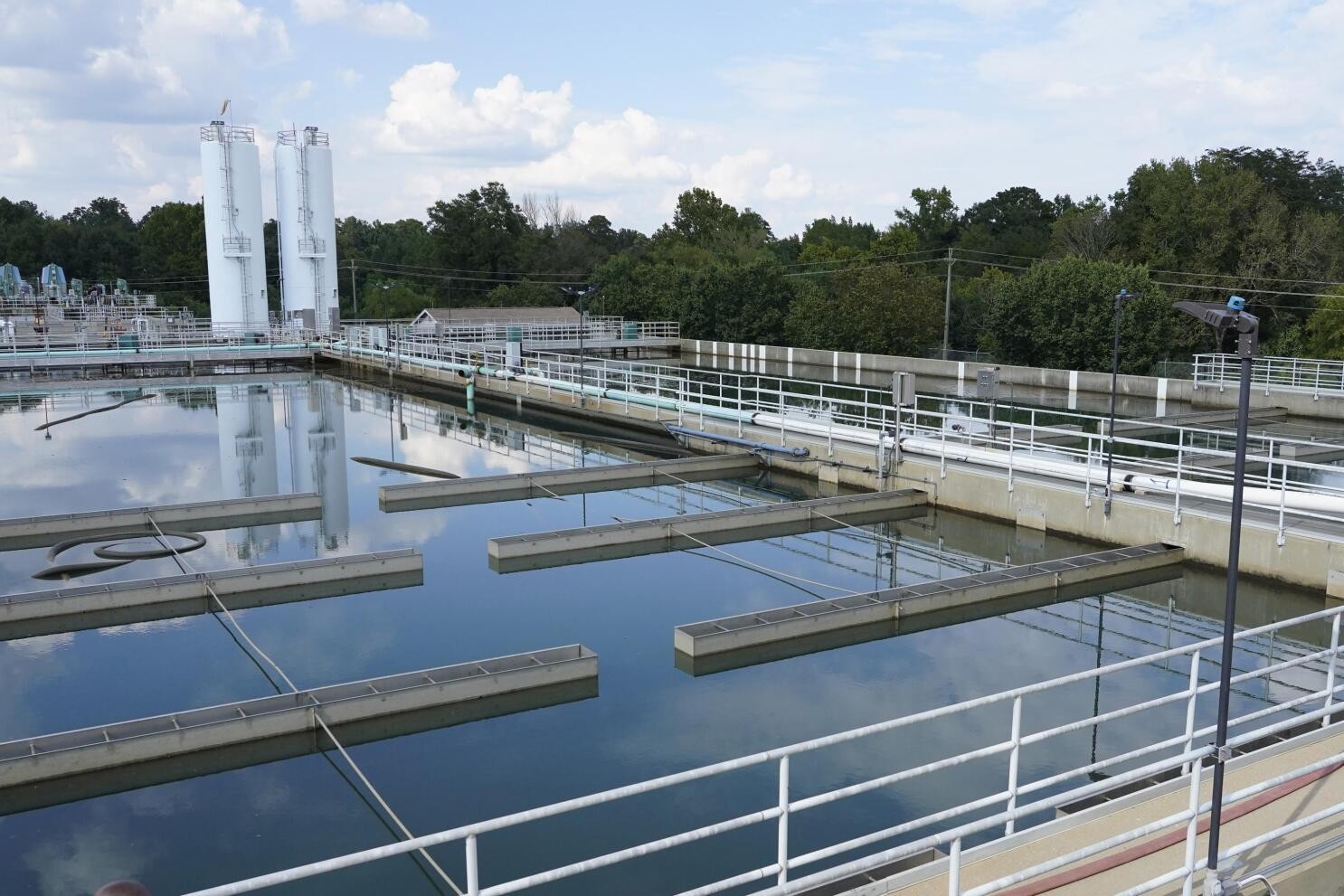
The Environmental Protection Agency's latest report reveals concerning vulnerabilities in America's drinking water infrastructure that could leave nearly 193 million people at risk from potential cyber attacks.
According to the EPA's internal oversight team, the nation's water systems face multiple cybersecurity weaknesses that demand immediate attention. The investigation uncovered flaws in both the protective measures and emergency response protocols currently in place.
The report highlights two major areas of concern: inadequate digital security safeguards within water treatment facilities and coordination gaps in incident reporting systems. These shortcomings could allow malicious actors to potentially compromise water safety and delivery systems serving millions of Americans.
Water treatment plants increasingly rely on digital control systems to manage operations, from monitoring water quality to regulating chemical treatments. However, many facilities lack robust cyber defenses against modern threats, leaving critical infrastructure exposed to potential tampering.
The EPA watchdog emphasized that current incident response plans need substantial improvement. The existing frameworks for reporting and managing cyber attacks show considerable weaknesses that could hamper effective emergency responses if systems are compromised.
The findings come at a time when cyber threats to public infrastructure continue to grow more sophisticated. Water systems represent particularly attractive targets for bad actors seeking to disrupt essential public services or compromise public health.
The EPA's report serves as a wake-up call for water utilities nationwide to strengthen their digital defenses and upgrade emergency protocols. With nearly two-thirds of the American population dependent on these systems, addressing these security gaps remains a pressing priority for public safety.